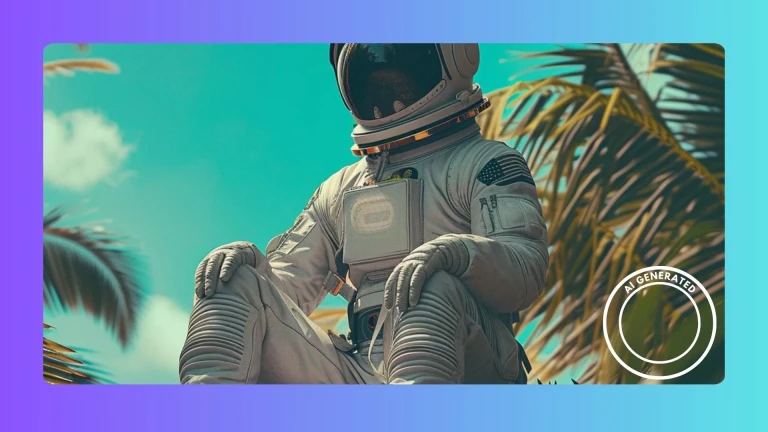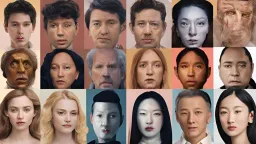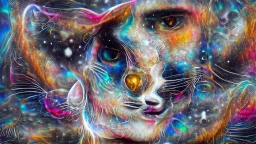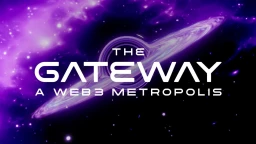Meta Introduces AI Labels to Combat Misinformation on Social Media
In an effort to increase transparency and combat the spread of misinformation, Meta, the parent company of Facebook, Instagram, and Threads, has announced an initiative to label images generated by artificial intelligence (AI) across its platforms. This move comes as digital content generation tools become increasingly sophisticated, raising concerns about the potential misuse of AI in creating deceptive or misleading content.
An Approach Towards Transparency
Meta's decision to label AI-generated images is a response to the growing use of such imagery in various contexts, ranging from artistic expression to the deliberate spread of disinformation. The labels are designed to inform users when they are viewing content that was not created by human hands but by algorithms. This initiative is not limited to content created with Meta's own AI tools; it also encompasses images generated by AI from other major tech entities, including Google, OpenAI, Microsoft, Adobe, Midjourney, and Shutterstock.
Read on: How to use ChatGPT to create AI images?
This labeling strategy is part of an industry-wide effort to adopt best practices for digital content. By placing "invisible markers" in the images' metadata, Meta aims to make it easier to identify AI-generated content. Nick Clegg, Meta's President of Global Affairs, emphasized the importance of this move, noting that it is crucial in an increasingly adversarial digital environment. Clegg highlighted the potential for bad actors to utilize AI-generated imagery to spread disinformation, especially with major global elections on the horizon.
Beyond Images: Extending to Audio and Video
Meta is also exploring ways to label AI-generated audio and video content, though these capabilities are not as advanced as the ones for images. The company has introduced a feature that allows users to voluntarily disclose when they share AI-generated video or audio, with plans to enforce this disclosure through penalties for non-compliance. For content that poses a significant risk of misleading the public on important issues, Meta may add more prominent labels to provide users with additional context.
Despite these efforts, identifying all AI-generated content remains a challenge. Clegg acknowledged that it's not yet possible to detect every piece of AI-generated content automatically, but Meta is working hard on developing tools that can. The initiative reflects an acknowledgment of the complex role social media platforms play in information dissemination and the need for ongoing efforts to ensure content authenticity and user trust.
Impact on Society and Politics
 Image only for representation
Image only for representation
The introduction of AI labels by Meta is a significant development in the fight against misinformation and the broader discussion on the ethics of AI-generated content. As AI technology continues to evolve, the ability to distinguish between human and machine-generated content becomes increasingly important. This initiative also highlights the responsibility of tech companies to safeguard the integrity of the digital information ecosystem, especially in the context of political discourse and democratic processes.
Meta's initiative to label AI-generated content is a proactive step toward addressing the challenges posed by the rapid advancement of AI in content creation. By enhancing transparency and providing users with clear indications of AI involvement in content generation, Meta aims to foster a more informed and discerning online community.
As this technology and its applications continue to develop, such measures will be crucial in navigating the complex interplay between innovation, information integrity, and user trust.
Read on: Google Bard can now create Images









